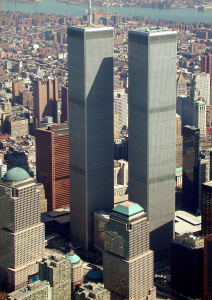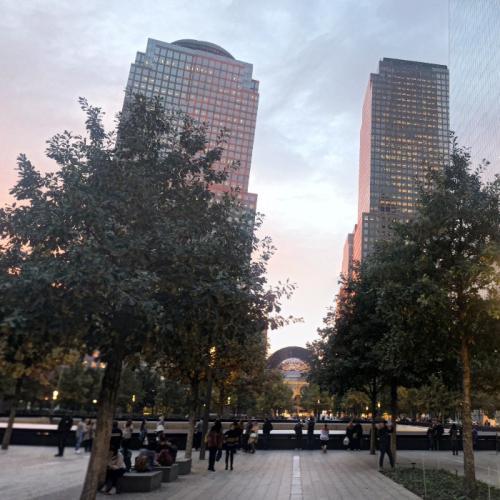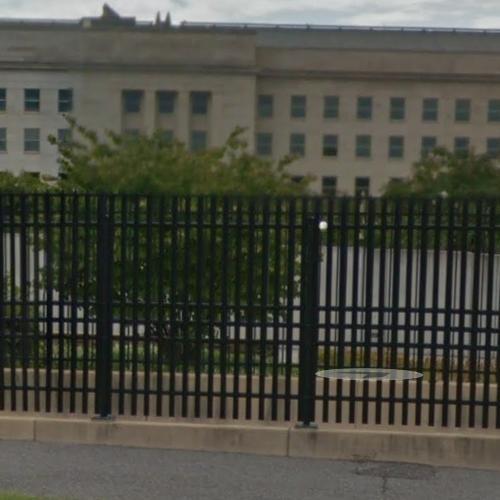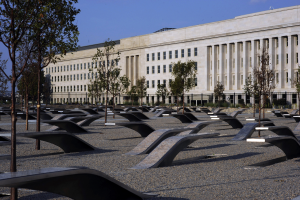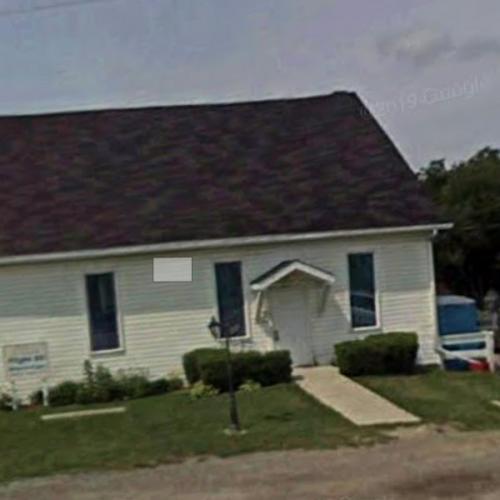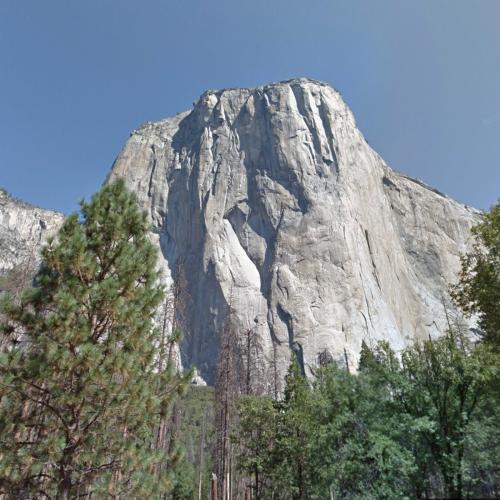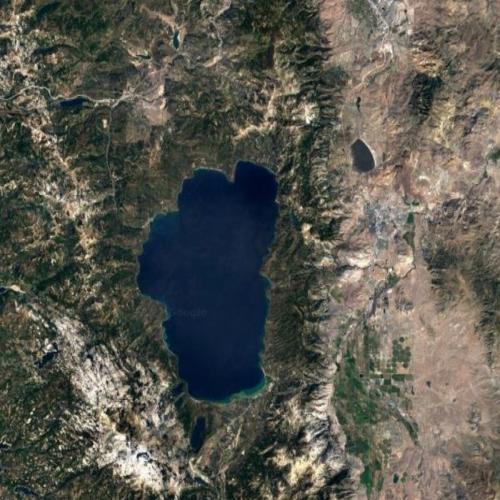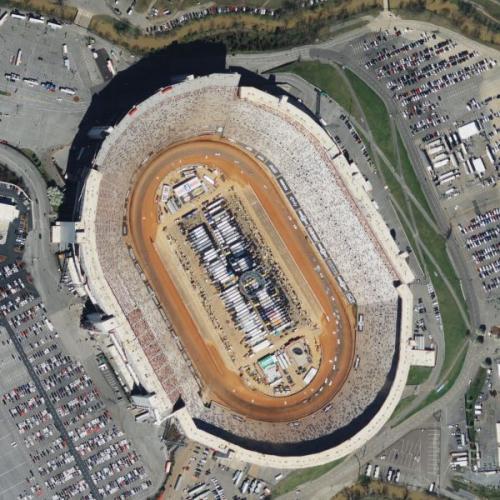The history books tell us that in 1066, William sailed to England from Normandy, fought a little battle, and took his rightful place on the throne of England. But there’s so much more to the story! On this anniversary of William’s invasion of England, let’s take a deep dive into the life and legacy of the man we know as William the Conqueror.
Birthplace Falaise, Normandy
William was born around 1028 in Falaise, Normandy. His father was the duke of Normandy, and his mother lived in the household. Despite his insecure birthright, he became duke of Normandy when his dad died in 1035. At the time, William was only about 7 years old. William ruled over his duchy from Falaise for years, even after he conquered England.
The current Chateau de Falaise was built about 50 years after William died. It remained a seat of power for Norman and English rulers for another 100 years, before King John (the villain of Robin Hood lore) lost the castle, along with most of his French territories, to the King of France.
Pevensey Castle, Pevensey, England
After King Edward the Confessor died without an heir, William claimed he had been promised the English throne by the monarch, and determined to take what he saw as his birthright.
He began making plans to invade England from his duchy by crossing the English Channel, which was no easy feat due to strong currents and terrible weather. All summer long, the English waited and watched the southern coast for any sign of invasion from William, but none came.
Long after it was considered safe for fleets to cross the Channel, William took a risk and set sail in late September, landing at Pevensey on September 28, 1066.
Immediately, William order his men to secure the old Roman fortress at Pevensey. The large fort had walls, gates, and towers, which withstood attacks by English defenders. Later, it was further enhanced for protection against insurrection, and to serve as a trade and travel route between Normandy and England.
In World War II, the area was considered a potential invasion point from Germany, and the fort was again used to protect the homeland. These days, the castle and grounds are open to the public.
Battlefield, Hastings, England
The pivotal battle that changed the course of history took place on October 14, 1066. King Harold marched from the north of England all the way to the southern tip to defend his country and his crown against what he considered a usurper.
Harold and William fought all day and into the afternoon. It was only after Harold was killed that the English army began to fall apart, and William was able to claim a victory.
On this little battlefield outside the town of Hastings, the course of England’s history changed completely, from one of domestic rule and Ango-Saxon heritage, to external rule, constant battles with France, and a Norman cultural influence. Even the language changed, becoming what we know as “English” today.
Hastings Castle, Hastings, England
Right before the decisive battle, William ordered the construction of a fortification at Hastings, which was later turned into a castle and church. It was used for a few hundred years before falling into disrepair as a result of coastal erosion and weather changes.
It was further damaged during World War II, but has been restored and repaired somewhat. Tourists can visit the castle in the summer months.
Bayeux Tapestry, Bayeux, France
Surprisingly, there are no detailed, accurate accounts of the invasion, battle and aftermath of the war.
Nonetheless, we do have an interesting, if not always accurate or clear, recording of all these events. Sometime shortly after the conquest, a tapestry was commissioned to tell the story of William’s victory. This stitched cloth tells the story in picture form, which was important as most people in that time were illiterate.
The tapestry was a massive undertaking, running 230 feet long, with 58 scenes and intricate detail throughout. Since at least the 1400s, the tapestry has been stored in Bayeux, a small town in Normandy. These days, tourists can view the tapestry in a local museum dedicated to the embroidery.
Westminster Abbey, London, England
Defeating Harold wasn’t the only thing William needed to do in order to secure the throne. He had an entire country to appease, and getting crowned was an important step in that endeavor. After further skirmishes and intense negotiations with the nobility and church, William was crowned in Westminster Abbey on Christmas Day, 1066. This started the tradition of all English coronations taking place in the Abbey.
The selection of the location was important. Construction on the church had begun under Edward the Confessor as his burial church, and was another way of making it look like William was the natural heir.
The current structure was not constructed until the 1200s, but it has been the seat of royal and religious authority in England for more than a thousand years!
Burial Place, Abbaye-aux-Hommes, France
While William spent some time in England after becoming king, he still viewed Normandy as his seat of power, and gave the French region most of his attention. He and his wife Matilda had bequeathed a large sum to the church in Caen, France, to construct a monastery and nunnery.
Upon his death in 1087, when he was around 59, he was buried in the Abbaye-aux-Hommes. Legend has it that when he was buried, his rotund and rotting corpse did not properly fit inside the casket. When it was closed, his body burst and all the attendees ran from the cathedral in an attempt to avoid the terrible odor. Not quite the ending he envisioned, to be sure.
No matter the state of his funeral, William is without doubt one of the most impactful actors in European history, changing England’s culture, language, and borders, and changing the course of history in France and Europe as well. There’s a lot more to the man, and the story, of William the Conqueror in 1066.





















